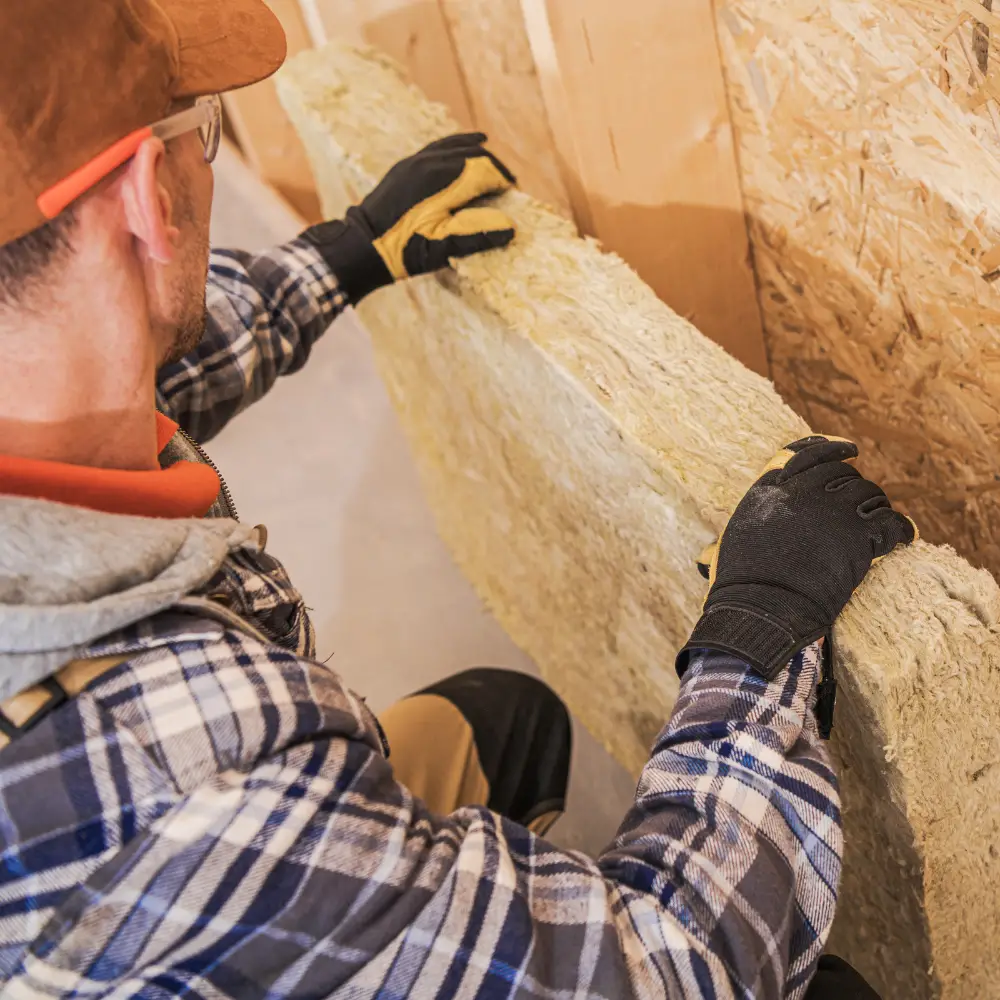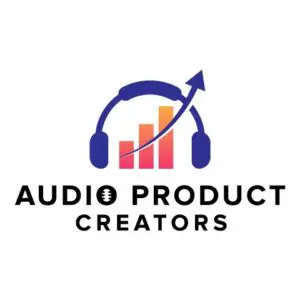To know how efficient mineral wool is in reducing noise, it’s necessary to take into account the following unit measures: the sound pressure level (how loud noise can be, expressed in dB), the amount of noise absorbed by the material (NRC), and the STC (noise reduction provided by a barrier material).
The best results can be achieved with 4” single or double layers, which will reduce 50dB on average. Mineral wool has an excellent performance. The thickest the layer the more noise it will reduce. The noise reduction in dB is very similar to the STC scale.
Here is a list of how much noise mineral wool can reduce, according to its thickness:
| Mineral Wool Thickness | Noise reduction (dB) using a sound meter app | STC Noise reduction provided by a barrier material | Absorption coefficient (NRC) |
| 4 inches | 50+ dB | 50 + | 0.65 |
| 2 inches | 45 dB | 45 | 0.50 |
| 1 inch | 30 dB | 30 | 0.25 |
Mineral wool is one of the best materials to reduce noise. It’s widely used in sound studios and sound booths for recording audiobooks and podcasts, especially for spaces that are heavily affected by external noise.
Mineral Wool Types for Sound Booths to Record Audiobooks

As mineral wool is an excellent sound barrier material, it can be used to reduce external noises in a very satisfactory way. The three most common types are rolls, pre-cut high-density panels, and ceiling tiles.
Mineral wool rolls are the number one material in sound booths. The thicker the layer the more noise reduction can be obtained. Rolls are the cheapest option.
Some manufacturers offer mineral wool already cut-in panels. They tend to have a greater density that will allow even more noise reduction. This option has a higher price than buying mineral wool 1”, 2” or 4” rolls.
An alternative to getting the best noise reduction at the cheapest price is to buy 4” thick rolls, to make a double layer.
A standard sound booth starts with building up a wood stud structure that will hold the mineral wool panels (already cut or done by yourself) and the wood panels (drywall or plywood) to create the walls and ceiling.
Mineral wood tiles are also available mainly for ceilings. Although they do a good job as well, the noise reduction is less effective than in pre-cut thick panels or rolls, therefore tiles are better for home use rather than for a sound booth.
Mineral Wool vs Fiberglass vs Drywall

In terms of price, fiberglass is 20% to 50% cheaper than mineral wool. Nevertheless, the STC is lower in frequencies under 250 Hz. That fact implies using additional materials when making a sound booth to achieve a satisfactory result.
This is when drywall or plywood boards play an important role, as they help a bit reduce noise, in addition to being necessary to build a sound booth.
| Material | Average STC & dB | NRC |
| Mineral wool 4” + | 50+ | 0.65 |
| Mineral wool 3.5” high-density panels | 45 | 0.70 – 1.10 |
| Mineral wool ceiling 3” semi-rigid ceiling tiles PLUS 3 layers of ½” drywall | 50 | 0.60 |
| Blown-in fiberglass insulation | 36 | 0.65 |
| Rigid Fiberglass 2” 6.0 PCF | 38 | 0.65 |
| Drywall ½” using two panels (one on each side of a wall) with no other insulation material | 33 | 0.30 |
| Drywall ½” using two panels (one on each side of a wall) PLUS Batts of fiberglass insulation 3.5” | 39 | 0.70 |
What is STC?
Sound Transmission Class is the type of measurement unit used to know how much noise a material can absorb when used as a barrier resource.
Knowing the STC of the materials already present in a building can facilitate calculating what are the necessary types of materials to reduce noise as much as possible.
If you want to make a sound booth in a basement, the majority of the noise will come from the laundry area appliances.
If the basement is empty, the conditions are much more favorable and a lower budget will be enough to get excellent results.
What happens if you need to set the sound booth on the second floor? Noise from the first floor, adjacent rooms, and the street will be easily perceived. Having insulated glass panel windows can achieve 35 STC on average to reduce noise from the street.
Now you need to assess the type of noise that comes from the adjacent rooms:
- If there are TV sets using a surround sound speaker system, it means loud low, middle, and high frequencies
- In this case, you need to consider making a wall (for each adjacent room wall) with
- Drywall gypsum ½” thick or more
- 4” mineral wool panels (more efficient to reduce frequencies under 250 Hz)
- Adding an extra layer of mineral wool or fiberglass can reduce a little more noise
The sound booth should also be made with wood boards and mineral wool as when building a wall.
- If there are machine noises such as printers, sewing machines, or similar sources, it means that middle and high frequencies are the ones that need to be reduced. Mineral wool or fiberglass can do a good job in that case. The thickest the panel/layer the better the noise reduction.
What is dB?
The measuring unit to know how loud a sound can be is expressed in decibels (sound intensity). To know how much unwanted sounds (noise) are interfering in the space you want to set the sound booth, use a sound meter device (they are cheap), or download and run a free sound meter app on your cell phone.
These are the most common reference levels of sound in daily life when making a sound booth to record audiobooks or podcasts:
| Decibel Scale | Sound Source |
| 90 dB | Lawnmowers, power tools, blenders, hairdryers |
| 80 dB | Alarm clocks, heavy traffic, noisy restaurants |
| 70 dB | Traffic, vacuum cleaner, toilet flushing |
| 60 dB | Normal conversation |
| 50 dB | Moderate rain, quiet office |
| 40 dB | Quiet library |
| 30 dB | Whisper |
| 20 dB | Leaves rustling |
To know more exactly what kind of frequencies are the most troublesome, download and run a free app spectrum analyzer. It will show exactly what frequencies are the most dominant in the unwanted sound.
What is R-Value?
The R-Value is a unit of measurement in terms of temperature, to make it easy to understand how much heat can enter or leave an insulation material. It’s very common to see the R-Value as well as the STC range in materials used to make sound booths, as they are massively used to reduce energy consumption nowadays.

